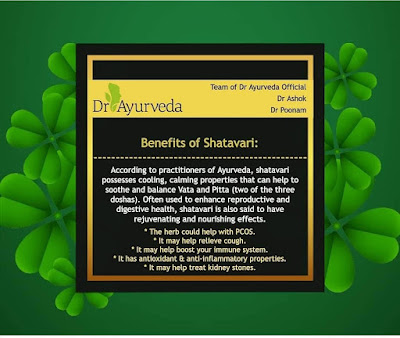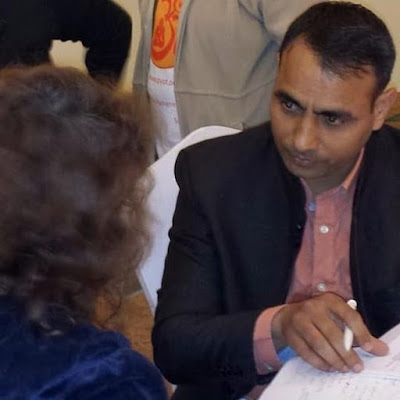Ayurvedic Herbs for UTI
Urinary tract infections (UTIs) are one of the most common types of bacterial infections worldwide. It’s estimated that over 150 million people contract UTIs each year. Anyone can develop a UTI, but women are 30 times more likely to be affected than men. Approximately 40% of women will experience a UTI at some point in their lives.UTIs can be treated with antibiotics, but infection recurrence is very common. But, the overuse of antibiotics can have long-term negative consequences, such as damage to the normal, healthy bacteria in your urinary tract, and possibly contributes to the development of antibiotic-resistant strains of bacteria.
1. D-mannose: D-mannose is a type of simple sugar that’s frequently used to prevent and treat mild UTIs.
2. Garlic: It's a popular and effective herb for UTI.
3. Cranberry: Cranberry juices and supplements are often used to treat and prevent UTIs.
4. Green Tea: It's also very effective for UTIs.
5. Uva ursi: Its otherwise known as Arctostaphylos uva ursi or bearberry leaf — is an herbal remedy for UTIs that has been used in traditional and folk medicine practices for centuries.







